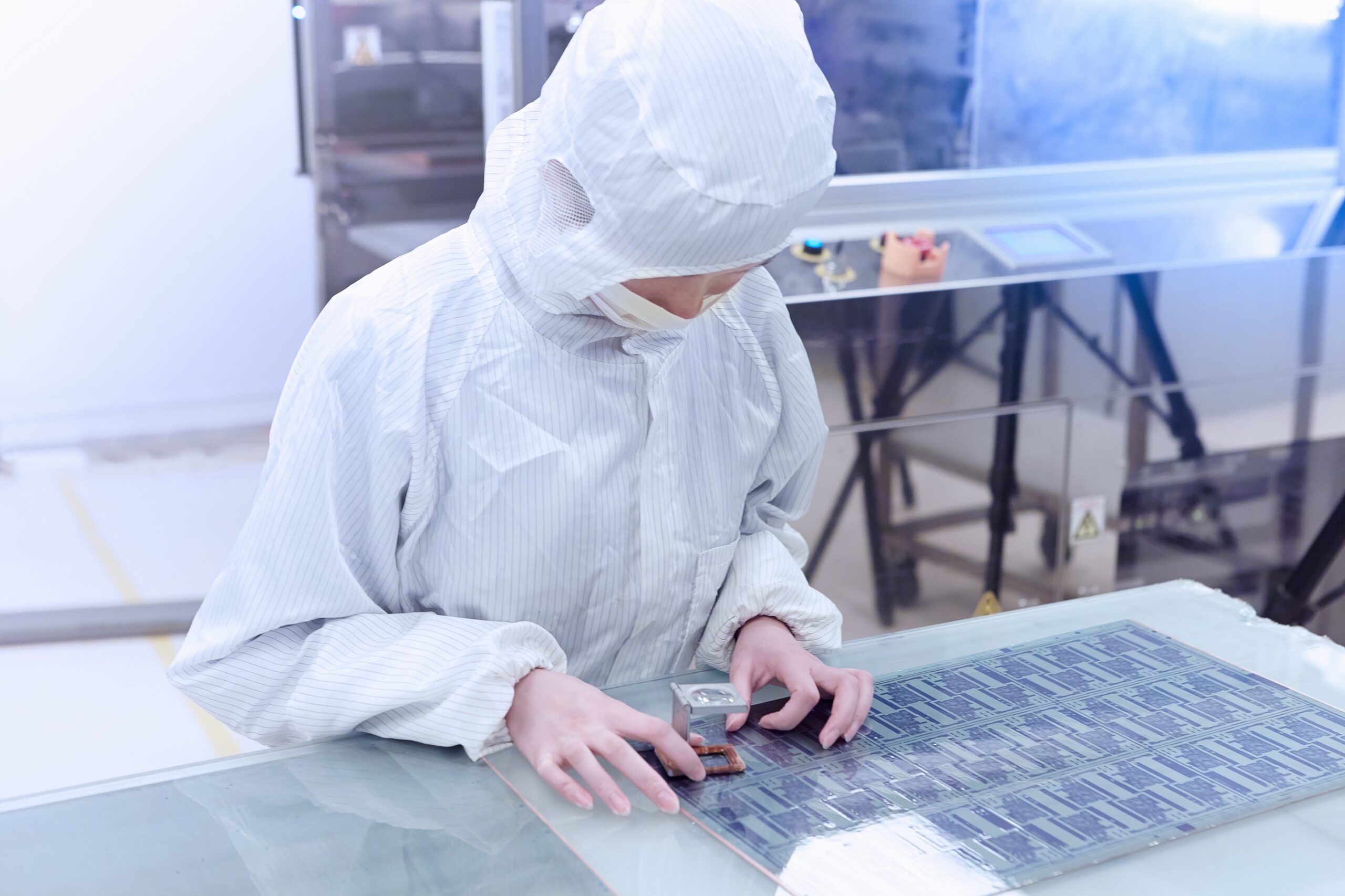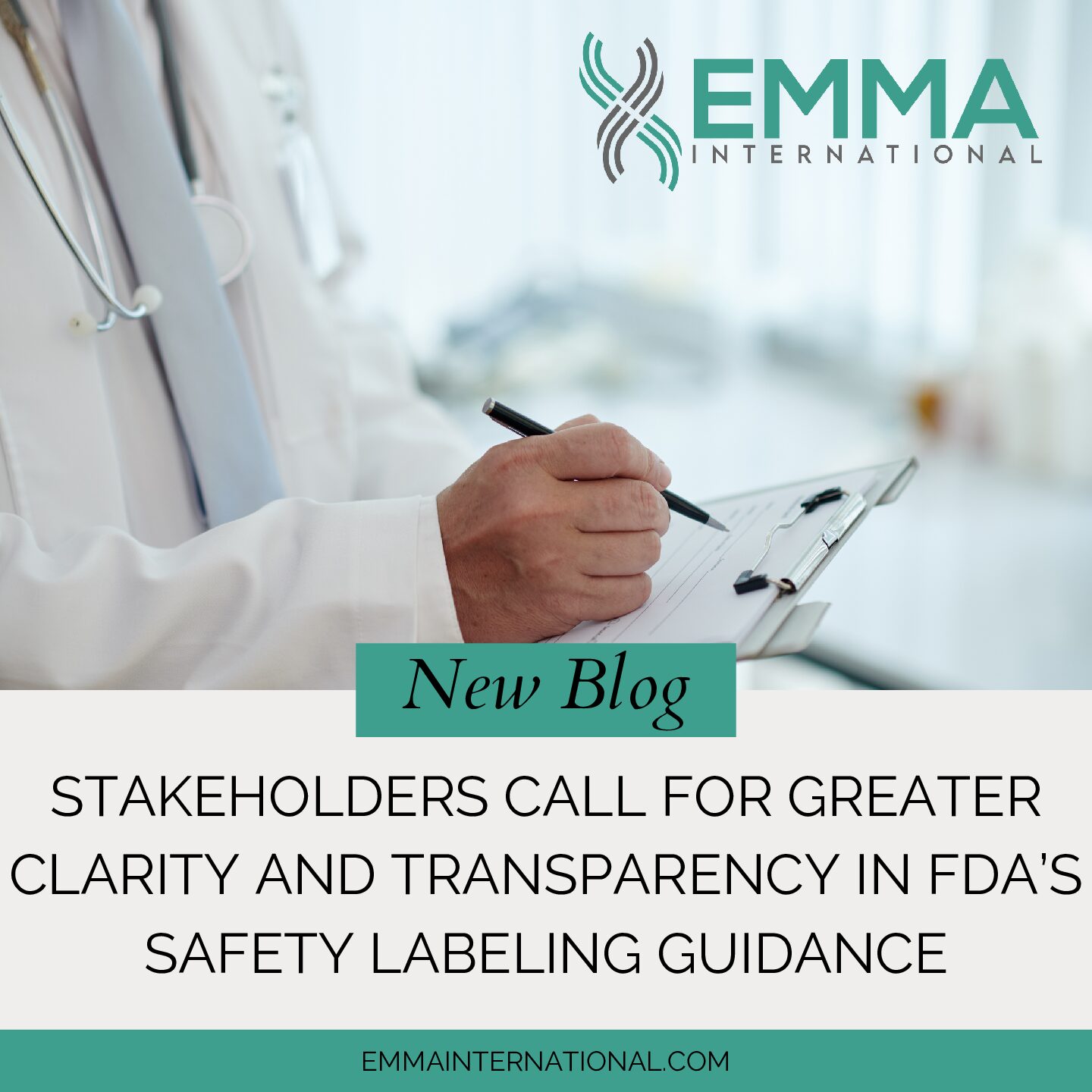Clean rooms are critical environments in industries where controlling contamination is paramount, such as pharmaceuticals, biotechnology, electronics, and even aerospace. To ensure the highest standards of cleanliness and safety, these environments are classified according to the ISO (International Organization for Standardization) standards. This blog will discuss the different ISO classifications of clean rooms, their significance, and their applications.
Clean rooms are classified based on the number and size of particles permitted per volume of air. The ISO 14644-1 standard outlines nine classes of clean rooms, ranging from ISO Class 1 (the cleanest) to ISO Class 9 (the least clean). The classification is determined by measuring the concentration of particles of specific sizes within a cubic meter of air.
The following is the breakdown of the various ISO Clean Room Classifications:
ISO Class 1
- Particle Size and Count: Allows up to 10 particles per cubic meter, with a particle size of 0.1 micrometers (µm) or larger.
- Applications: Used in very sensitive industries, such as semiconductor manufacturing, where even the tiniest particles can affect the performance of microchips and other components.
ISO Class 2
- Particle Size and Count: Allows up to 100 particles per cubic meter, with a particle size of 0.1 µm or larger.
- Applications: Suitable for similar applications as ISO Class 1 but can accommodate slightly less stringent requirements.
ISO Class 3
- Particle Size and Count: Allows up to 1,000 particles per cubic meter, with a particle size of 0.1 µm or larger.
- Applications: Often used in pharmaceutical manufacturing, biotechnology, and certain areas of microelectronics.
ISO Class 4
- Particle Size and Count: Allows up to 10,000 particles per cubic meter, with a particle size of 0.1 µm or larger.
- Applications: Commonly found in pharmaceutical production, laboratories, and critical assembly processes in aerospace and optics.
ISO Class 5
- Particle Size and Count: Allows up to 100,000 particles per cubic meter, with a particle size of 0.1 µm or larger.
- Applications: Widely used in the pharmaceutical industry, particularly for the aseptic processing of sterile products. It is also common in medical device manufacturing and biotechnology.
ISO Class 6
- Particle Size and Count: Allows up to 1,000,000 particles per cubic meter, with a particle size of 0.1 µm or larger.
- Applications: Suitable for less sensitive stages of pharmaceutical manufacturing, medical device production, and certain areas of food processing.
ISO Class 7
- Particle Size and Count: Allows up to 10,000,000 particles per cubic meter, with a particle size of 0.1 µm or larger.
- Applications: Typically used in areas where less stringent control is required, such as certain laboratory environments, packaging areas, and some stages of electronic assembly.
ISO Class 8
- Particle Size and Count: Allows up to 100,000,000 particles per cubic meter, with a particle size of 0.1 µm or larger.
- Applications: Common in non-critical pharmaceutical manufacturing areas, food processing environments, and industrial applications.
ISO Class 9
- Particle Size and Count: Not specified in ISO 14644-1, often comparable to typical room air in a normal environment.
- Applications: Used for less critical tasks where clean room conditions are less stringent or necessary.
Different products have varying sensitivity levels to contamination. ISO classifications ensure that clean rooms provide the necessary environment to maintain product quality and safety. Regulatory bodies require adherence to specific clean room standards to ensure that products, especially in the pharmaceutical and medical device industries, are safe for public use.
Proper classification and maintenance of clean rooms can lead to more efficient operations, reducing the risk of contamination-related delays and product recalls. Additionally, In R&D settings, clean room classifications are critical to maintaining the integrity of experiments and prototypes, leading to more reliable and reproducible results.
Understanding ISO classifications of clean rooms is essential for industries where controlling contamination is vital. From semiconductor manufacturing to pharmaceutical production, each class provides a specific level of cleanliness tailored to the sensitivity of the products being manufactured. By adhering to these standards, companies can ensure the highest levels of product quality, safety, and regulatory compliance. Whether you are setting up a new facility or upgrading an existing one, a thorough understanding of these classifications will help you create an optimal environment for your operations.
Do you need help qualifying a new clean room? EMMA International can help! Contact us at 248-987-4497 or email info@emmainternational.com to learn more.
Steris (n.d.) Cleanroom Standards retrieved from: https://www.sterislifesciences.com/education-and-training/cleanroom-standards





